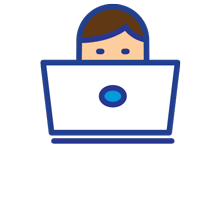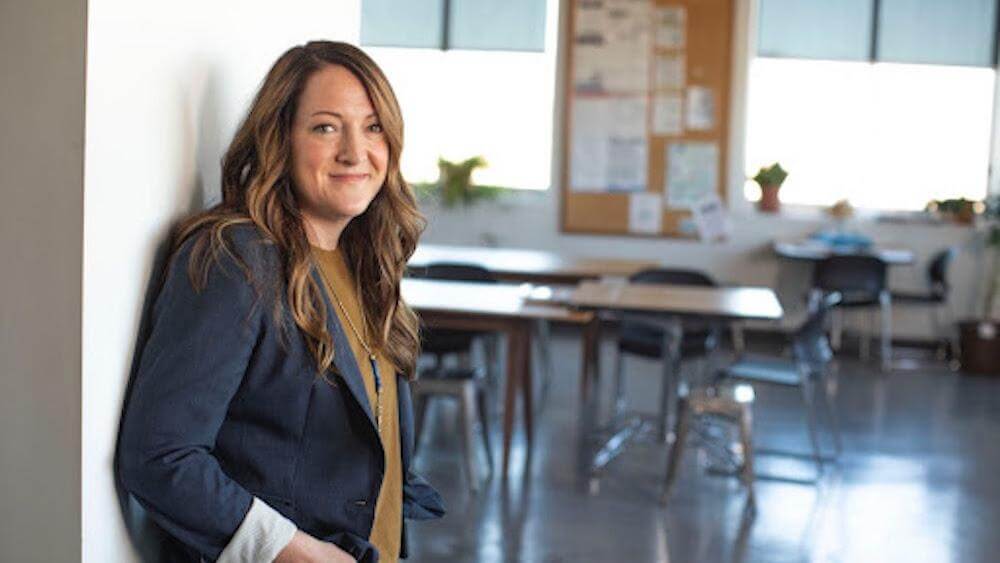
Image by LinkedIn Selling Solutions via Unsplash
Written by Robyn D. Shulman, M.Ed.
Over the summer, many teachers packed up their classrooms, closed their doors, and said goodbye when the end of the day bell rang – for good.
When schools closed throughout the country for the past few years, teachers had to learn how to teach from afar and figure out different ways to support the needs of all their students and parents – mainly through distance learning and online communication.
However, during this chaotic time, many effective teachers put their own mental and health needs to the side to assist their students in the best ways possible. And, when you don’t put yourself first, burnout can happen in the blink of an eye.
According to The Wall Street Journal, close to 300,000 public-school teachers and other staff left the education field between February 2020 and May 2022.
If you’re currently in the classroom, here are some valuable tips you can use to overcome some of the issues you might be going through right now.
The Joy of Teaching
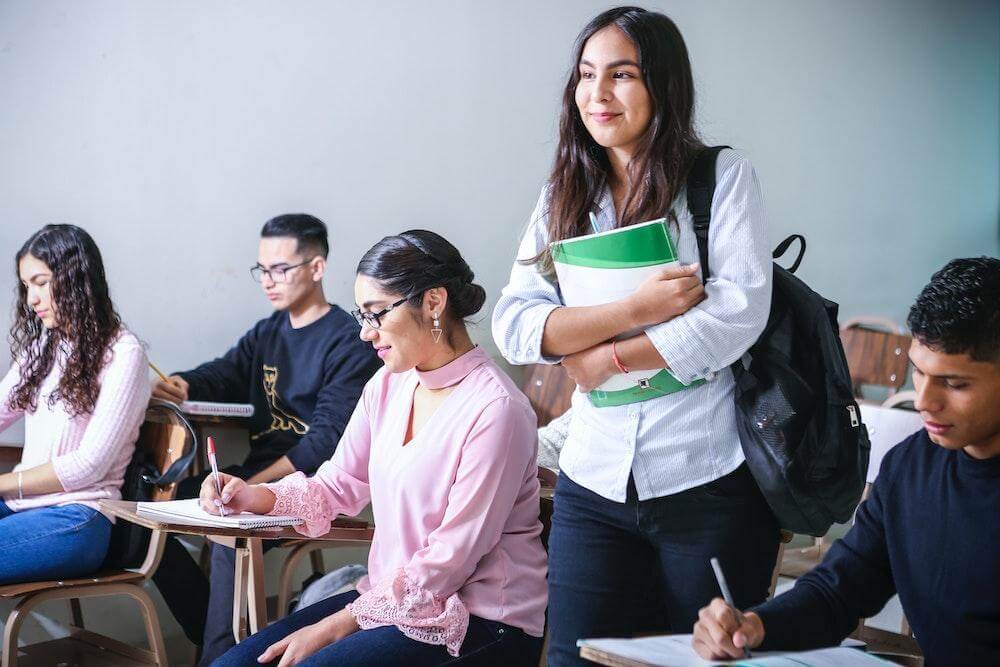 Image by Javier Trueba via Unsplash
Image by Javier Trueba via Unsplash
The situation in education today is not all doom and gloom. Although we have many learning setbacks, and new challenges to face, there are strategies you can use to improve your situation, mental health, and continue to give back to the profession you love.
You can get through these choppy waters by prioritizing your physical, emotional, and mental needs. For educators especially, the challenges of the pandemic revealed the need for self-care as a constant and ongoing practice. Self-care prevents burn-out, keeps you emotionally healthy, and helps you to engage in the joy of teaching again.
Teacher Self-Care Strategies
 Image by Warren Wong via Unsplash
Image by Warren Wong via Unsplash
Everyone has a different way of looking at self-care, and there are no right or wrong ways to take care of your mental or physical health.
Therefore, trying out different strategies is best until you have a complete toolbox of tips.
Try to begin by looking back at the beginning of your career and return to your inner values – find “why” you became a teacher.
Many effective teachers went into the classroom to make a difference in their students’ lives, make the world a better place, and to find the inner joy that makes teaching such a beautiful profession. Does this sound like you?
As individual teachers, we can look within ourselves and focus on healing and restoring our passion for our profession and our schools. I invite you to read the unique tips below, discover new strategies, and connect with some of the best voices in the field who support educators.
Make Yourself A Priority
 Image by Jason Goodman via Unsplash
Image by Jason Goodman via Unsplash
When you are a teacher, you have a challenging role and the most rewarding profession at the same time.
You have a lot on your plate, and you may find yourself in different modes during the day. Sometimes you are the school nurse, a counselor, a communicator to all around you, a volunteer, a sounding board, and even a referee. It is not possible to hold all of these different roles and not become overwhelmed.
Here are a few changes you can make starting today:
- Be gentle with yourself and know you are doing the right thing and the best you can;
- Find the courage to ask for help when you need it and don’t feel ashamed;
- Schedule time away from school and do things that bring you joy;
- Journal your feelings;
- Read something new you enjoy;
- Connect with nature;
- Find a teacher support group;
- Exercise;
- Get enough sleep;
- Maintain a positive social circle.
Sandra Hough, Education Assistant at Greater Victoria School District states, “Teachers need to put themselves first when it comes to their health, and happiness. An empty vessel cannot fill anybody else’s vessel.”
John Faig, Director of Technology at St. Patrick’s Episcopal Day School says, “I encourage teachers to understand their capabilities. Often the job grows to take over their personal lives. Instead, figure out how much time you will spend on school-related activities and keep track.”
Set Strong Boundaries
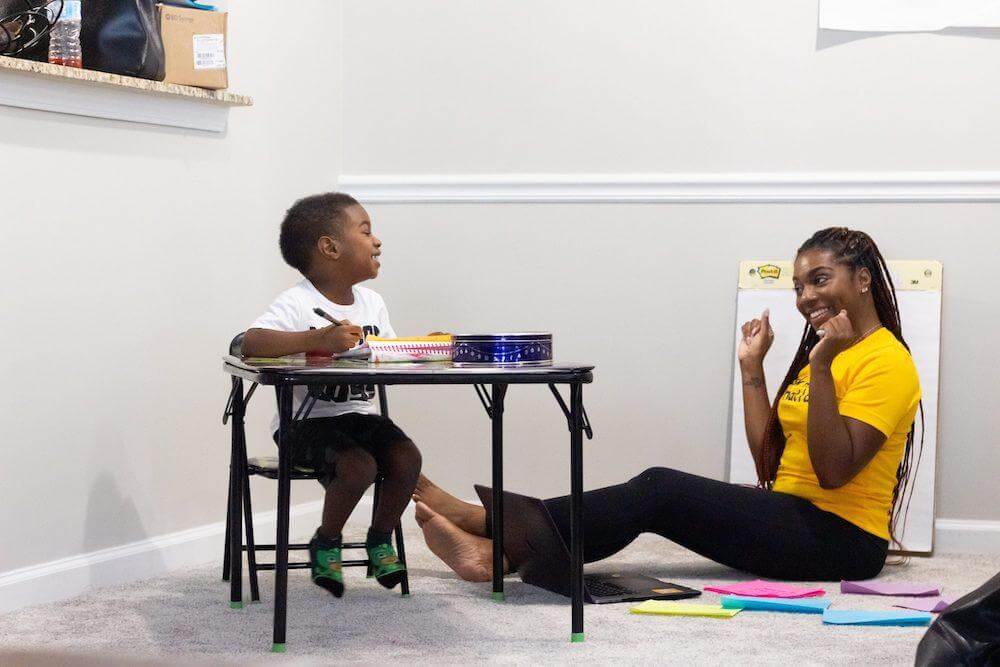 Natasha Hall via Unsplash
Natasha Hall via Unsplash
Setting solid boundaries is not always easy for everyone. Teachers are naturally high achievers who want to give their best every day to their students. Although this is a wonderful attitude, if you don’t set boundaries, you can quickly burn out and become resentful toward your profession. Remember, you control your life and have the right to manage it for the best outcomes.
Here are more teacher self-care tips you can use to set boundaries:
- Commit to a schedule that fits your needs;
- Promise yourself that you will stick to any necessary changes you make – it takes about two months to form a new habit;
- Know that it’s okay to say no, and do it;
- Set technology boundaries;
- Don’t worry about what other educators think about you;
- If your school asks you to do more than you can handle, explain why you cannot take on more responsibilities;
- Don’t get caught up in gossip and try to steer away from negative people;
- Make a plan and do your best to stick to it;
- Take a non-negotiable break;
- Schedule student communication hours so you are not on 24/7.
Jessica Weber, Curriculum Integration Specialist says, “Before I left the classroom, it became apparent that to survive last year, I had to set boundaries. If the meeting cut into time with my kids, I said no. If I didn’t think that adding that one more thing to teachers’ plates would benefit them, I said no. At times people were surprised that I finally used that word, but it finally helped me to feel in control of my job situation and gave me the energy to leave when the boundaries weren’t respected.”
Jordan Campbell, “Setting boundaries and making time for yourself can be difficult and feel wrong to an extent when you are a teacher. We all want the best and to be the best for our students but we cannot pour from an empty cup.
When I began teaching a lot of the things that I loved doing began to fall to the wayside due to the demand that teaching required. I quickly found myself becoming burnt out. Due to this, I was not being the best I could be for myself or my students. I began setting boundaries for myself like arriving and leaving school by a certain time, only bringing work home on certain days, taking my email off of my phone, and saying ‘no’ to things that I could not take on. By doing this, not only did I begin to feel more like myself but I was a better teacher for it as well.”
Realize What’s In Your Control
 Image by Christina Wocintechcha via Unsplash
Image by Christina Wocintechcha via Unsplash
Although it may not feel like it, most teachers have some autonomy in their classrooms.
Here are a few more ideas you can use to help you embrace what you can control:
- You may not have content in your control, but you can control how you deliver your lessons. You can make your lessons fun and engaging. Make your classroom come alive;
- Walk away from the negativity, as in all workplaces, employees gossip. Gossip can become addicting for all the wrong reasons. Try to connect with other teachers who are positive;
- Don’t worry about things you can’t change;
- Remember, you are one person. You can only do so much;
- Create a respectful environment in your classroom.
Connect With Other Educators
Here is some great advice from my colleague, Peter Hostrawser, who runs the podcast Disrupt Education.
Hostrawser says, “Many teachers are burnt out and stressed more than ever. I have been in the traditional system attempting to innovate from within for over 20 years now. I do many common things to alleviate stress and anxiety around teaching.
As I dug into why I was stressed out looking for the cause, I found that innovation wasn’t happening fast enough and was somewhat not being heard from leaders in the system.
I found a way to work with that stress.
The main thing I do that helps the most is working with innovative educators and EdTech companies outside of the traditional system.
When I started this ‘side hustle,’ I began asking students what they thought of school and why. I would follow up with them to consider how they would change school. As I recorded these videos for YouTube, it also began to work as a podcast, which was how I launched Disrupt Education Podcast.
I can tell you that this work makes me feel validated, which I was missing. I am now bringing many of those experiences into my ‘traditional’ classrooms daily, and it has done wonders for my and my students’ mental health.
For anyone who needs more self care, I would first recommend discovering what your main stresses are before attempting a solution.”
How Administrators Can Best Support Teachers
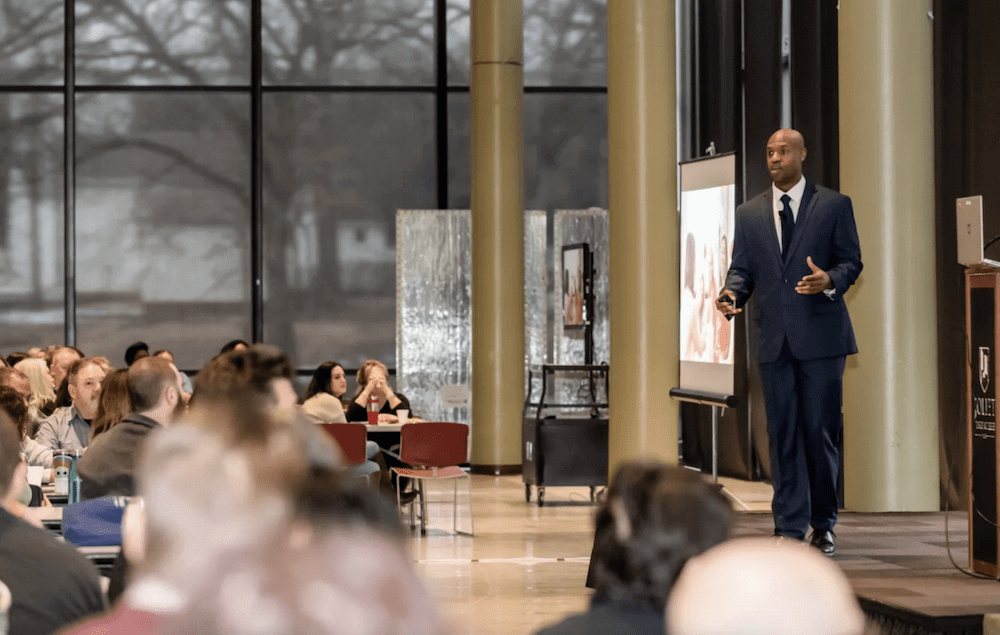 Image via Dr. Don Parker
Image via Dr. Don Parker
Teachers need the most support from their administrators now more than ever. Dr. Don Parker, a principal, author, and professional development provider, shares his top tips for administrators and teachers – providing advice to help teachers and leaders thrive during challenging times.
Dr. Parker shares some of his best tips:
“Leaders must be attuned not only to the importance of seeing and valuing students but also to seeing and valuing staff, even when — especially when — staff are struggling.”
“My administrative team did not ignore the signals our teachers were sending. Asking teachers to leave their baggage at the door and just report to work and focus on their job is like asking a student who has experienced trauma to just show up to school and learn. Both scenarios are unreasonable. Emotional support is necessary for productivity to flourish. Bottom line: Stressed-out teachers lead to stressed-out students, and healthy teachers make way for healthy students.”
For teachers, “By taking care of yourself first, you will be in a better position to help others while also avoiding burnout. “Work on yourself, or somebody else will!”
Supporting teachers to improve their emotional health and embrace SEL activities is a process that requires patience. Many will embrace it right away, but it may take more time to see notable improvements in staff culture. Gradually, skepticism gives way to openness. Moments of massive upset call for pauses to mindfully reframe before we restart.
From being transparent and valuing teacher voice in major decision-making processes, to collectively reexamining and reforming our school’s practices, administrators have tools to support fatigued teachers and prioritize well-being.
You can follow Dr. Parker’s work via his website, or you can find him on LinkedIn for more great tips and professional development opportunities.
Other Powerful Voices To Help You
Dr. Jared Scherz – Dr. Scherz is a clinical psychologist, author, and consultant who has worked with educators for over 30 years. As the CEO of TeacherCoach, Jared’s mission is to develop educational ecosystems that bring new revenue streams into school districts, make schools the hub of wellness in their community, and blend personal growth and professional development for faculty.
Angela Maiers – Angela is an educator, entrepreneur and Change Maker. Angela founded the global movement,Choose2Matter, with a singular mission to help individuals recognize their value and potential contribution to change both their own lives and the world. She shared her message of Mattering not only with students and teachers, but with businesses large and small and organizations of all kinds. Her work has been shared in 78,000 classrooms across 100 countries that has rallied more than a million children to reach their full potential as leaders, learned, and citizens.
Mike Yates – Yates is a teacher, education innovator, and podcast host. Yates runs supportive chats on LinkedIn for teachers and education innovators every Friday at 4:30 pm CST. You can also follow Yates’ work on LinkedIn.
Janine Lyman – Lyman is an educator and mental health advocate who co-founded Invata. The program starts with a 360degree view of each student at the center of their personalized journey. The program is designed to help learners, tutors, educational guides, micro-schools, and current teachers recognize learning and mastery – especially when it doesn’t look like the traditional model of lecture vs. assessment.
It can be a challenge to find happiness when you’re overwhelmed, but you can reignite your love for teaching. Practice self-care, set boundaries, find innovative ways to connect with other teachers, and join teacher support groups.
You can do it. The joy of teaching is still critical for a solid education.





